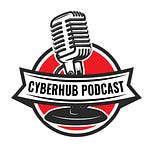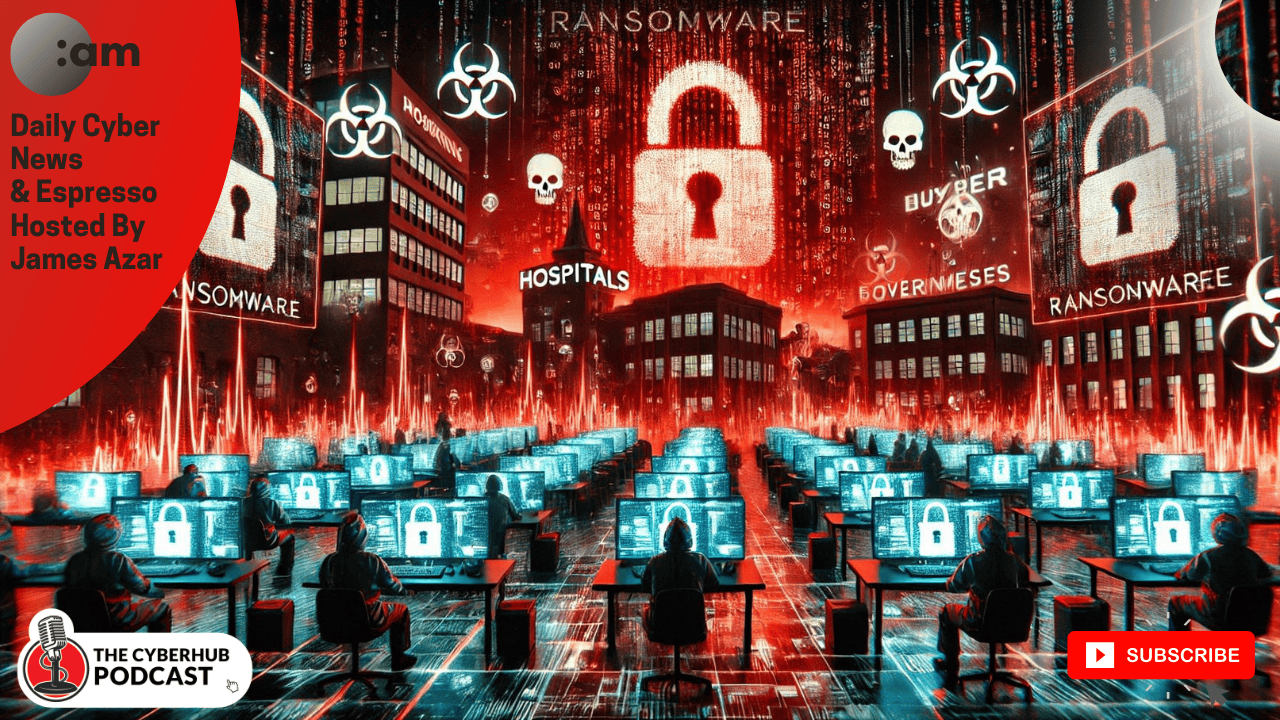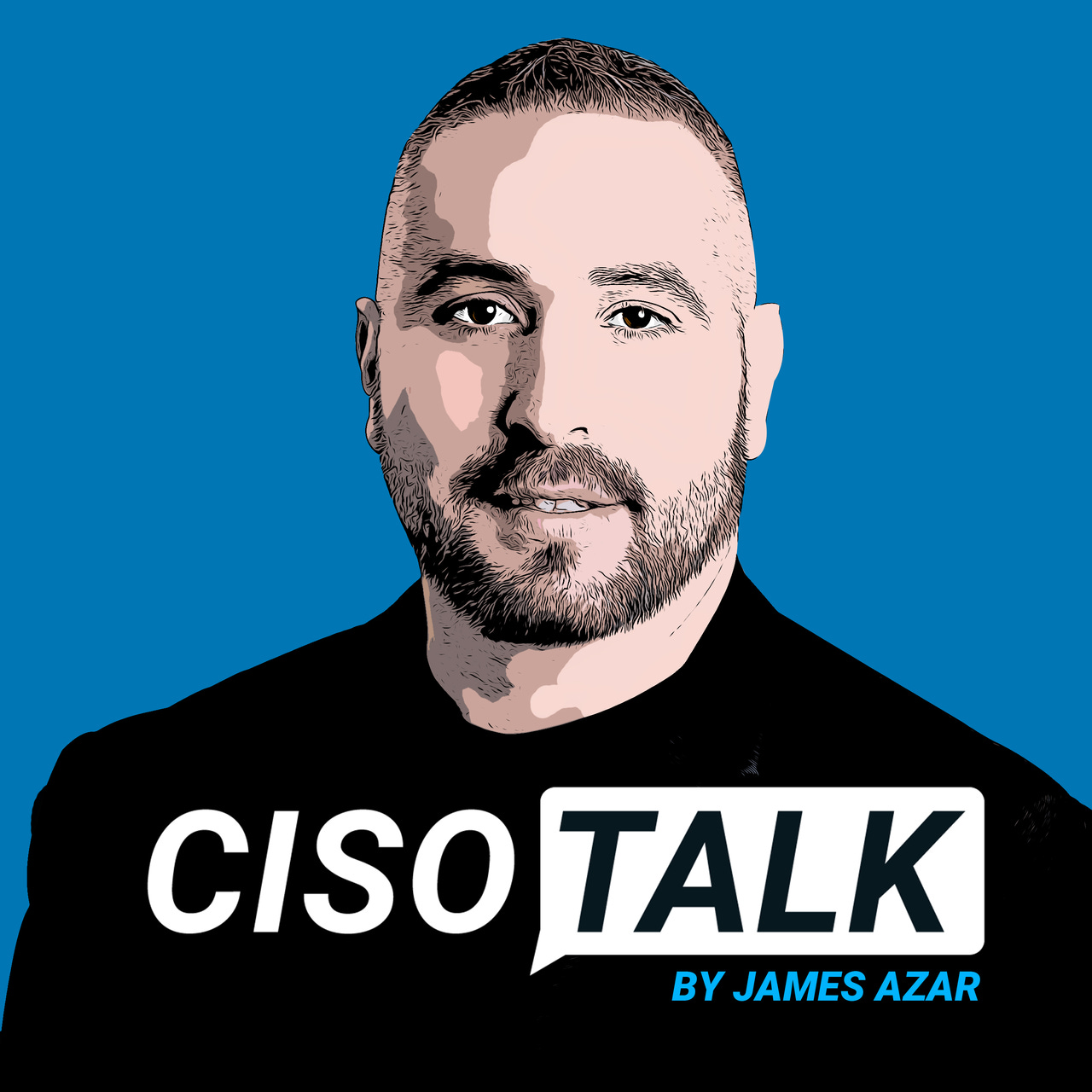In today’s CyberHub Podcast episode, the host covered a packed lineup of topics, focusing heavily on ransomware attacks. The episode kicked off with a discussion on the latest ransomware incidents, specifically highlighting the attack on UMC, a Texas healthcare provider.
Here’s a breakdown of each topic covered in the podcast, summarized in a single paragraph each:
Texas Healthcare Provider Ransomware Attack
A ransomware attack on University Medical Center (UMC) in Lubbock, Texas, forced the diversion of both emergency and non-emergency patients to other facilities. The attack significantly impacted the hospital’s operations, highlighting the vulnerability of healthcare institutions where IT and operational technology (OT) systems are deeply intertwined. Unlike other industries, where IT and OT systems can be segregated, healthcare systems rely heavily on interconnected technology for critical functions like heart monitors, IV machines, and billing. The incident reinforces the urgent need for stronger defenses in healthcare systems against ransomware.
Kia Vulnerabilities Allow Remote Car Control
Kia vehicles were found to have significant vulnerabilities that allowed attackers to remotely control cars using just a license plate. Researchers discovered that Kia's dealer infrastructure and car owner’s portal were susceptible to exploitation, giving attackers access to car functions such as unlocking and starting the vehicle. This raises concerns about the security of connected cars and the rapid development of new technology without properly considering cybersecurity risks. Kia has since acknowledged the flaws and implemented fixes, but the incident underscores the importance of regularly updating vehicle software.
North Korean Phishing Attack on German Defense Firm
North Korean hackers launched a sophisticated phishing attack on Dill Defense, a German company manufacturing defense systems. The attackers used fake job offers and spear-phishing emails to lure employees, exploiting human vulnerabilities to gain access to sensitive information. This incident demonstrates how nation-state actors like North Korea have honed their skills in social engineering and targeted attacks, particularly in the defense sector. The growing use of LinkedIn and similar platforms for phishing attacks poses a significant threat to industries handling critical infrastructure and defense technologies.
Cloud Adoption and Increasing Cyber Threats
With cloud adoption continuing to rise and the market expected to reach $600 billion this year, cybercriminals are increasingly targeting multi-cloud environments. IBM’s latest report showed that 40% of data breaches involved data stored across different cloud services. Attackers often exploit weak or stolen cloud credentials, and while the use of MFA (multi-factor authentication) is rising, challenges remain in securing these distributed systems. Cyber professionals need to enforce strong multi-cloud security practices, such as MFA and proper identity management, to mitigate risks.
JP-CERT’s Ransomware Detection Techniques
JP-CERT shared a detailed strategy to help IT professionals detect ongoing ransomware attacks by analyzing Windows event logs. These logs can provide early traces of ransomware activities, often before the encryption process spreads too far into the network. The report specifically outlines which types of event logs can signal the presence of ransomware, enabling defenders to take action early and potentially mitigate the attack's impact.
Types of Event Logs to Analyze:
JP-CERT’s strategy focuses on four primary types of Windows event logs:
Application Logs
Security Logs
System Logs
Setup Logs
Each of these logs contains different kinds of data that can help identify ransomware attacks based on known behaviors and patterns left behind by different ransomware families.
Examples of Ransomware and Their Event Log Signatures:
The report highlights how traces of specific ransomware families can be found by monitoring for particular event IDs. Here are some examples:
Conti Ransomware: The presence of many logs related to the Windows Restart Manager, particularly event IDs 10000 and 10001, often indicates Conti ransomware activity. These logs are commonly generated when the ransomware terminates processes to free up system resources during encryption.
LockBit and Related Variants: Similar log entries to those generated by Conti can also be found with ransomware families such as Akira, LockBit, Hello Kitty, and Abyss Locker. Their operations leave behind distinct traces in event logs, providing clues about their presence.
Hobos Ransomware: This ransomware family leaves behind NTFS (New Technology File System) event IDs 6125 and 524, signaling the deletion of system backups. Detecting these log entries early can be crucial for stopping the ransomware before it renders recovery efforts impossible.
Bad Rabbit Ransomware: It logs 7045 when installing an encryption component, which can alert defenders to the presence of the malware before it completes its attack.
Other Notable Ransomware: JP-CERT also noted that seemingly unrelated ransomware families like Shade, gandcrab, Echo, Avis Locker, Black Basta, and Vice Society leave behind similar traces in the system. For example, NTFS errors and event ID 10016 are often generated by these ransomware families, signaling attempts to delete volume shadow copies (a common ransomware tactic to prevent easy file restoration).
Common Ransomware Techniques and Traces:
Deleting System Backups: Many ransomware variants attempt to delete backups to make recovery more difficult, and these actions often leave recognizable traces in event logs. Monitoring these traces can help detect ransomware attacks early, giving defenders a chance to stop the attack before backups are destroyed.
Changing Network Settings: Some ransomware will alter network settings as it spreads through the system. These actions often generate event IDs like 7040 in the event logs, which can indicate suspicious activity related to ransomware propagation.
Encryption Components: Ransomware often leaves traces during the installation of its encryption components. For example, **Bad Rabbit** ransomware logs event ID 7045 during this process.
Recommendations for IT and Security Teams:
JP-CERT’s guidance is a helpful reminder for security teams to enhance their logging and monitoring capabilities. Here are key takeaways for detecting ransomware:
Regularly Review Event Logs: Ensuring that the right event logs are being captured and regularly reviewed can help teams spot early indicators of ransomware activity. Understanding which event IDs are linked to specific ransomware families allows for more effective threat detection.
Integrate Event Logs with SIEM Solutions: Integrating Windows event logs with Security Information and Event Management (SIEM) tools can automate the detection process. This can help streamline the identification of suspicious events like those outlined in the report.
Proactive Incident Response: Having a clear incident response plan that includes monitoring for specific ransomware traces can allow organizations to act quickly and minimize damage when early warning signs appear.
Educate Teams on Ransomware Behavior: Security professionals should be well-versed in how ransomware behaves and what traces it leaves behind. This knowledge is vital for identifying potential attacks through event logs before they escalate.
Conclusion
The JP-CERT report is a valuable resource for cybersecurity practitioners, offering actionable strategies for detecting ransomware through Windows event logs. By monitoring specific event IDs and understanding the behaviors of various ransomware families, defenders can catch attacks early and reduce the likelihood of widespread encryption. This approach emphasizes the importance of proactive logging and analysis in defending against ransomware, a threat that continues to escalate across industries worldwide.
For a more detailed understanding, IT professionals are encouraged to integrate these findings into their monitoring and incident response procedures, ensuring better preparedness for future ransomware threats.
Cyber Attacks in the Middle East – GCC Nations Targeted
Cyberattacks on Gulf Cooperation Council (GCC) nations, particularly Saudi Arabia and the UAE, are on the rise, driven by geopolitical tensions. Iran, a Shiite nation, frequently targets its Sunni neighbors in the region, attempting to gather intelligence or destabilize economies. Many of these attacks are attributed to hacktivists or state-sponsored actors. While some are politically motivated, others aim to disrupt commerce and trade through methods like DDoS attacks on banks. The geopolitical nature of these attacks highlights the need for stronger defenses across the region’s financial and governmental sectors.
White House’s Ransomware Initiative
The White House launched a week-long series of events focused on combating ransomware, promising significant deliverables. However, the podcast host expressed skepticism about the initiative’s potential to make a real impact, criticizing the current diplomatic approach to ransomware actors and calling for stronger deterrents. The host emphasized that meaningful action, rather than mere discussions, is necessary to reduce ransomware incidents. Without real consequences for ransomware actors and the countries harboring them, the threat will continue to grow unchecked.
Deepfake Attack Targeting U.S. Senator
Senator Ben Cardin (D-MD) was targeted by an advanced deepfake operation, where hackers impersonated Ukrainian Minister Dmytro Kuleba in a Zoom call. The attackers asked politically charged questions, attempting to bait the senator into making controversial statements. The incident highlights the increasing sophistication of deepfake technology and its potential use in political manipulation. This serves as a warning for government officials and organizations to be vigilant about the authenticity of communications, especially in high-stakes political environments.
T-Mobile Fined for Data Breaches
T-Mobile has agreed to pay $31.5 million in fines to settle with the FCC over four data breaches. The relatively small financial penalty has sparked criticism, as it does little to incentivize large corporations to prioritize cybersecurity. This incident reflects a broader issue where the financial risk of a breach is seen as a manageable cost of doing business, rather than a catalyst for real change. Cyber professionals are encouraged to push for stronger security measures at the board level to avoid repeated breaches and their costly consequences.
Each topic underscores critical cybersecurity issues ranging from ransomware and phishing to cloud security and the evolving threat of deepfake attacks.
✅ Story Links:
https://www.securityweek.com/umc-health-system-diverts-patients-following-ransomware-attack/
https://www.securityweek.com/millions-of-kia-cars-were-vulnerable-to-remote-hacking-researchers/
https://www.securityweek.com/north-korea-hackers-linked-to-breach-of-german-missile-manufacturer/
https://www.securityweek.com/cracking-the-cloud-the-persistent-threat-of-credential-based-attacks/
https://www.darkreading.com/cyberattacks-data-breaches/uae-saudi-arabia-cyberattack-targets
https://thecyberexpress.com/cbi-seizes-transnational-cybercrime-network/
https://www.bankinfosecurity.com/white-house-pledges-major-deliverables-at-ransomware-summit-a-26418
🔔 Subscribe now for the latest insights from industry leaders, in-depth analyses, and real-world strategies to secure your digital world. https://www.youtube.com/@TheCyberHubPodcast/?sub_confirmation=1
✅ Important Links to Follow:
👉Substack:
👉Listen here: https://linktr.ee/cyberhubpodcast
✅ Stay Connected With Us.
👉Facebook: https://www.facebook.com/CyberHubpodcast/
👉LinkedIn: https://www.linkedin.com/company/cyberhubpodcast/
👉Twitter (X): https://twitter.com/cyberhubpodcast
👉Instagram: https://www.instagram.com/cyberhubpodcast
✅ For Business Inquiries: info@cyberhubpodcast.com
=============================
✅ About The CyberHub Podcast.
The Hub of the Infosec Community.
Our mission is to provide substantive and quality content that’s more than headlines or sales pitches. We want to be a valuable source to assist those cybersecurity practitioners in their mission to keep their organizations secure.
Tune in to our podcast Monday through Thursday at 9AM EST for the latest news.
















Share this post